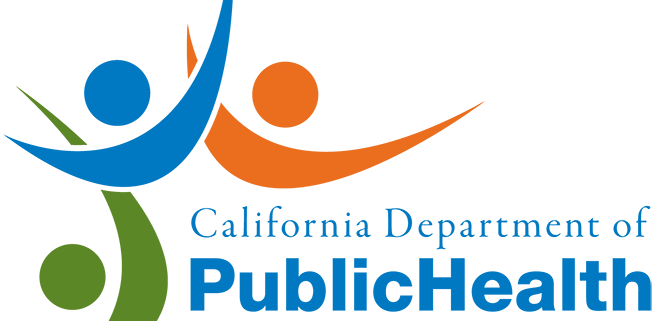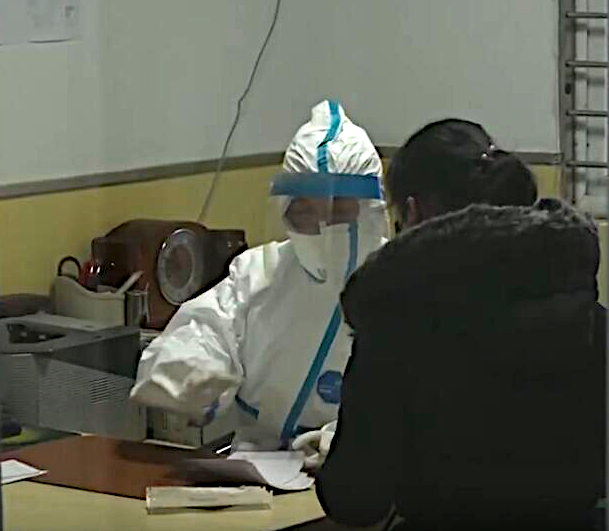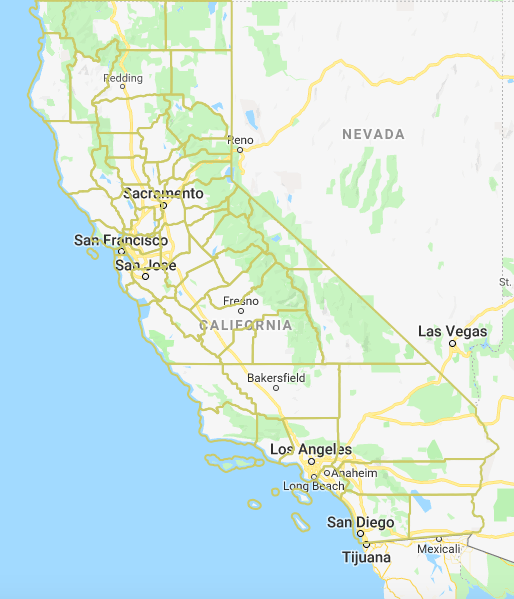
CA Department of Public Health Suspending Nursing Home Relegations
Skilled nursing facilities to start receiving COVID-19 patients who may require lower level care
By Katy Grimes, April 2, 2020 2:05 pm
Nursing homes are under lockdown following some very serious COVID-19 outbreaks and deaths, following the first deadly outbreak in a Seattle nursing home, which resulted in 35 total deaths.
Since then, we are seeing too many stories about nursing home infections, deaths surge amid lockdown measures, and in San Bernardino County, “Dozens of residents of California nursing home hit with COVID-19 and 2 have died.”
But now the California Department of Public Health is suspending nursing home relegations as this directive below shows. Article 6 of the March 30th directive even appears to allow COVID-19 patients to be housed in nursing homes.
6. Title 22 CCR section 72603
-
- Spaces approved for specific uses at the time of licensure shall not be converted to other uses without the approval of the Department.
- Any additional beds added for temporary use, shall ensure patient privacy and shall be placed six feet apart in accordance with CDC guidance to prevent the spread of COVID-19. This includes beds temporarily set up in areas previously used for group activities including dining rooms or activity space.
California Globe contacted the Department of Public Health and asked, “Is the CDPH suspending the very regulations that keep patients safe from abuse and incompetence?” and “Does this mean COVID-19 patients may be sent to nursing facilities?”
The response from the public health department included links to more directives:
Kathy, [sic]
Thank you for your email.
We are all working tirelessly to protect the health and safety of California’s most vulnerable during the COVID-19 response. As you know, hospitals are required to properly care for individuals and discharge them to the appropriate levels of care when a patient is ready for release. This includes patients who may have entered with the need for acute care as a result of COVID-19, and are ready to be discharged. CDPH’s March 20, 2020 guidance, per All Facility Letter 20-25, was for skilled nursing facilities (SNFs) to be prepared to potentially start receiving patients who may require lower level care, not acute care. CDPH followed up the guidance with details about facility specific waivers – https://www.cdph.ca.gov/Programs/CHCQ/LCP/Pages/AFL-20-32.aspx And, yesterday, CDPH issued additional guidance on ensuring skilled nursing facilities are ready to receive patients. That guidance can be found here https://www.cdph.ca.gov/Programs/CHCQ/LCP/Pages/AFL-20-33.aspx
All of these guidance documents are for the purpose of protecting patients, and ensuring California’s most vulnerable are cared for in the most appropriate setting and in a manner that protects their health and the health and safety of others.
CDPH – Office of Public Affairs
The April 1 directive says: “Patients hospitalized with COVID-19 can be discharged to a Skilled Nursing Facility when clinically indicated.”
We did not hear back from the Public health department with confirmation on the question: “Does this mean COVID-19 patients may be sent to nursing facilities?” The April 1 directive states only “Patients with no clinical concern for COVID-19 may be transferred from hospitals to SNFs following usual procedures.”
The bottom line is that the California Department of Public Health is directing skilled nursing facilities to be prepared to take in COVID-19 patients, but at what cost? CDPH acknowledges that the elderly patients already in skilled nursing facilities are “California’s most vulnerable,” so why would they send any COVID-19 patients to facilities with the most frail and vulnerable patients?
This directive seems like a potential Pandora’s Box.





One thought on “CA Department of Public Health Suspending Nursing Home Relegations”